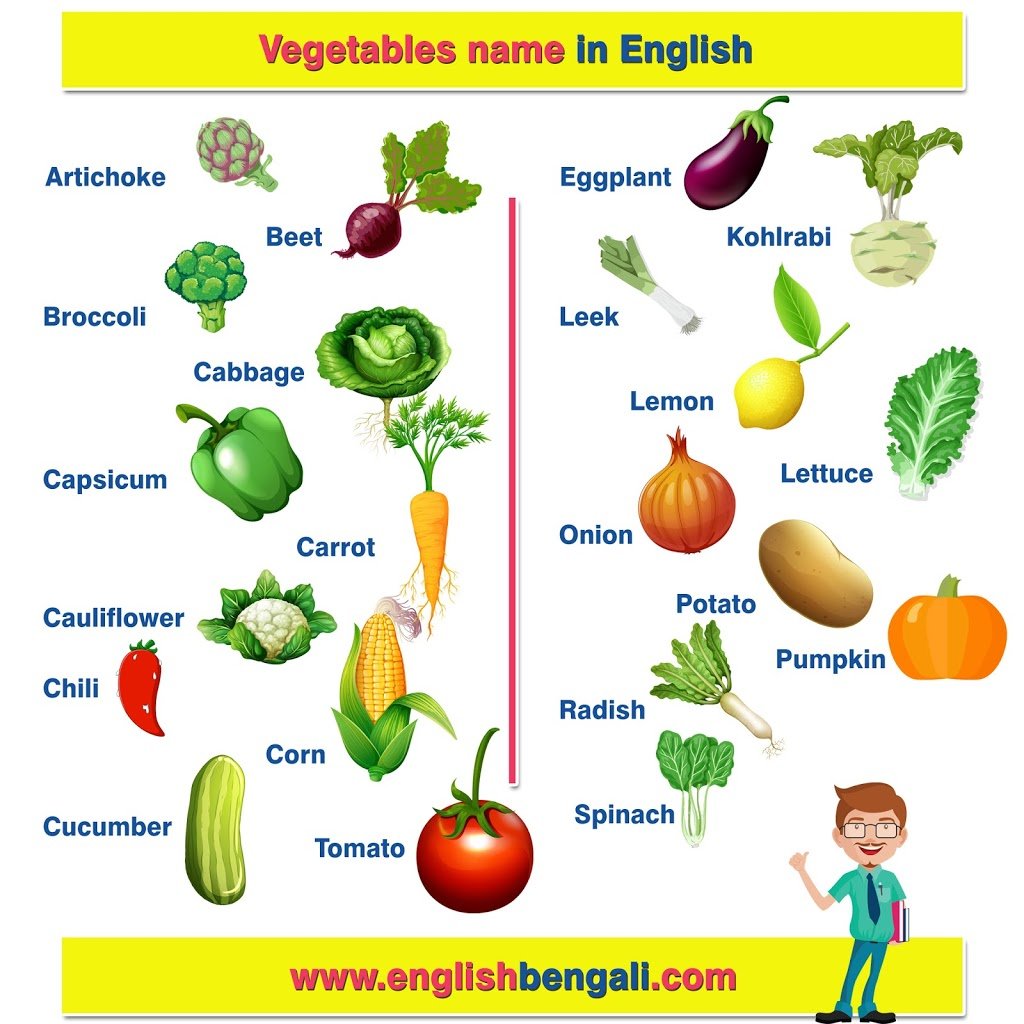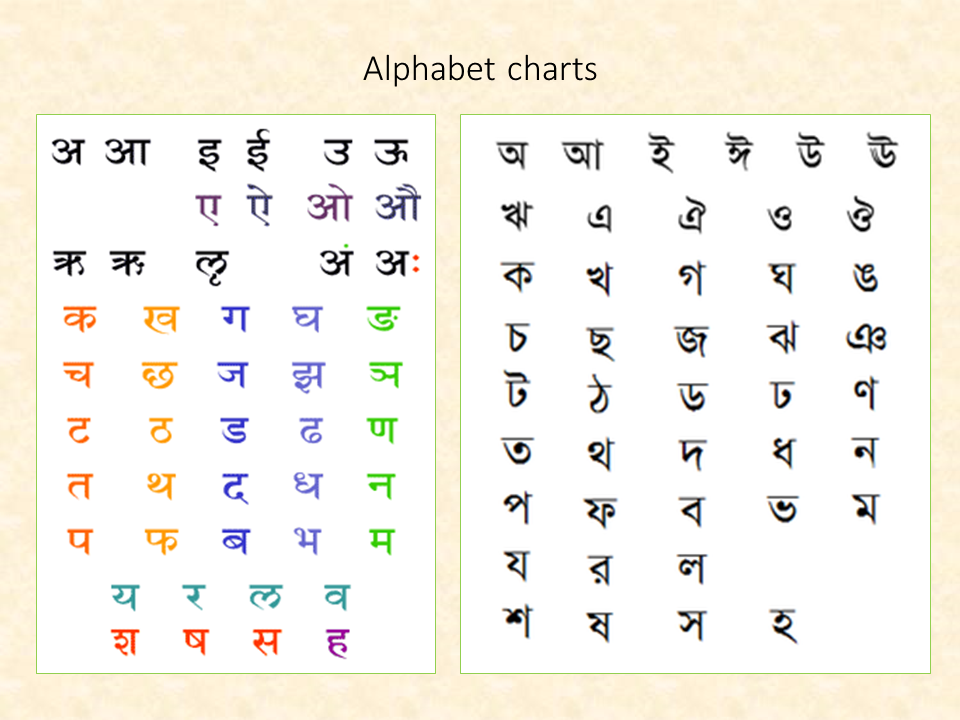

This ritual leading up to eat first crop in a modest community event, a preparation - Nabanna, that is still used today in ritual offering seems to date back to Vedic times. The rite has a part to give respect to our real feeder – the earth and the farmers. At one time, this ceremony could draw the whole community engagement into a celebration as elaborate as described here.

The tradition stems from the Vedic period due to their dietary habit. The cultivation of rice was widespread throughout the fertile plain of the Ganges. It is a time of joy as the smell of newly harvested crops rise into the air, and rice paste is used to decorate gardens and homes. It is therefore a new crop celebration, as the name describes, with Nava meaning new and Anna being a word referring to grain.

It used to be a massive event that began before sunrise and would involve the entire community, even the children, who recited rhymes. In Bengal Nabanno (নবান্ন) festival was celebrated to ensure good crops and healthy livestock for the coming year. Nabanna and Poush Sankranti harvest festival


 0 kommentar(er)
0 kommentar(er)
